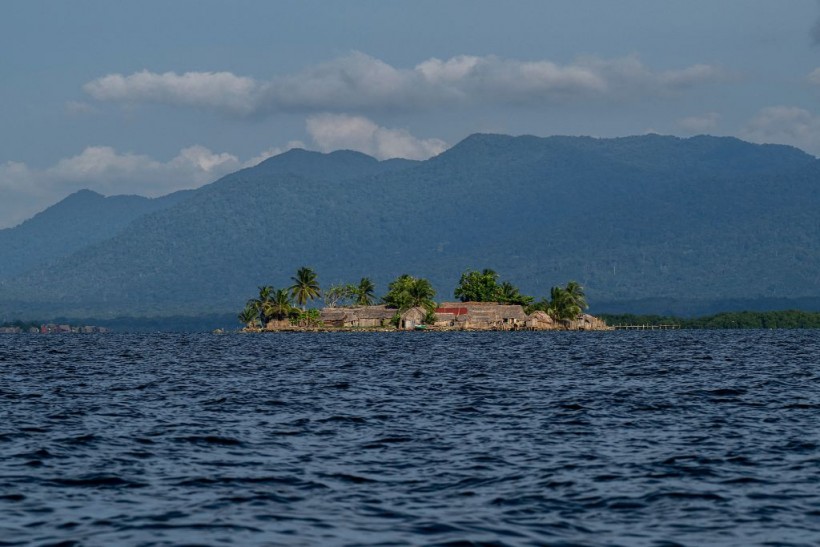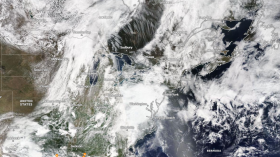A study showed that around 20 million residents in the United States could be affected by rising sea levels by 2030.
Experts said that the increasing sea levels could result in isolation and loss of access.
This will also bring intensified floods and the disadvantaged populations will be the ones to experience some of the most severe burdens of the climate change.
Intermittent Floods

In the study, scientists said that within coastal communities, sea level rise will result in widespread intermittent flooding and long-term inundation. Inundation effects will be evident, but isolation that arises from the loss of accessibility to critical services due to inundation of transportation networks may be less obvious.
They examined who is most at risk of isolation due to SLR, which can inform community adaptation plans and help ensure that existing social vulnerabilities are not exacerbated.
The study explained that through combining socio-demographic data with an isolation metric, scientists were able to identify social and economic disparities in risk of isolation under different sea level rise scenarios in the coastal areas in US.
It showed that Black and Hispanic populations face a disproportionate risk of isolation at intermediate levels of sea level rise. Further, census tracts with higher rates of renters and older adults consistently face higher risk of isolation.
These insights point to significant inequity in the burdens associated with the increase in sea level.
Experts noted that disadvantaged populations, meaning those that have the fewest resources and least ability to adapt and respond, will experience the most severe effects of climate change.
Such disadvantaged groups often include racial minorities, older populations, relatively low-income populations, and renters.
An estimated 20 million coastal residents in the US will be at risk of inundation due to sea level rise and/or storm surges by 2030, yet there is less evidence of how multiple and cascading burdens of sea level rise that are beyond direct inundation will affect disadvantaged populations.
The experts have argued that concentrating solely on adaptation to the inundation effects of sea level rise neglects more complex burdens of the increase in sea level, such as the isolation of communities and individuals from essential services.
They said that this may interact with social vulnerability to reinforce structures of inequality.
Read Also: Sea Level Rise Add At Least 23 Minutes of Commute for People in Coastal US
People's Migration
As the impacts of global climate change increase, the sea level rise is likely to affect where people live and move, resulting in population changes including potential shifts in racial and socioeconomic composition.
Researchers, however, noted that another limitation of this work is that they do not account for such demographic shifts over time.
Still, understanding the risk of isolation for current populations is important for urban planners and policymakers to understand how climate impacts will reshape community characteristics and to create evidence-based adaptation plans.
They pointed out that if accessibility challenges become too great, relocation may be a serious consideration for some residents, while others may be forced to remain in place due to a lack of resources.
Isolation due to sea level rise could interact with community characteristics by rendering certain communities more or less desirable.
The movement of some households from areas at risk of isolation could contribute to the displacement of current residents in areas of in-migration.
Related Article: New Links Between Greenhouse Gases and Sea Level Rise Found in the Amundsen Sea, West Antarctica
© 2024 NatureWorldNews.com All rights reserved. Do not reproduce without permission.



![Venomous Centipede Could be Game-Changer and Save Lives of People with Kidney Disease [Study]](https://1471793142.rsc.cdn77.org/data/thumbs/full/70407/280/157/50/40/venomous-centipede-could-be-game-changer-and-save-lives-of-people-with-kidney-disease-study.jpg)

